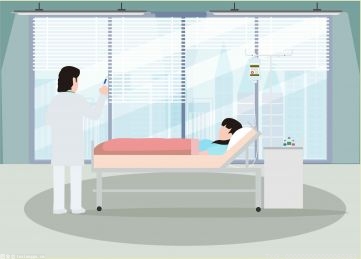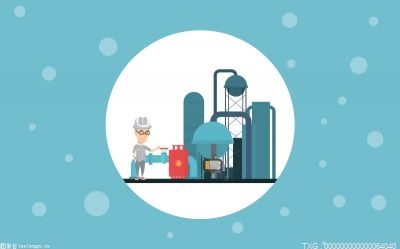 (资料图片仅供参考)
(资料图片仅供参考)
2022年9月10日至2022年12月2日,27个欧洲国家报告了高致病性禽流感(HPAI)疫情的暴发。自上次报告以来,西班牙报告了2例H5N1病毒感染的人类病例,中国报告了1例甲型H5N1、1例甲型H5N6和1例甲型H9N2病毒感染的人类病例,越南报告了1例H5病毒感染的人类病例。在欧盟/欧洲经济区,一般人群的感染风险被评估为低,职业暴露人群的感染风险为中低。部分原文报道如下:
Between October 2021 and September 2022 Europe has suffered the most devastating highly pathogenic avian influenza (HPAI) epidemic with a total of 2,520 outbreaks in poultry, 227 outbreaks in captive birds, and 3,867 HPAI virus detections in wild birds. The unprecedent geographical extent (37 European countries affected) resulted in 50 million birds culled in affected establishments. In the current reporting period, between 10 September and 2 December 2022, 1,163 HPAI virus detections were reported in 27 European countries in poultry (398), captive (151) and wild birds (613). A decrease in HPAI virus detections in colony-breeding seabirds species and an increase in the number of detections in waterfowl has been observed. The continuous circulation of the virus in the wild reservoir has led to the frequent introduction of the virus into poultry populations. It is suspected that waterfowl might be more involved than seabirds in the incursion of HPAI virus into poultry establishments. In the coming months, the increasing infection pressure on poultry establishments might increase the risk of incursions in poultry, with potential further spread, primarily in areas with high poultry densities. The viruses detected since September 2022 (clade 2.3.4.4b) belong to eleven genotypes, three of which have circulated in Europe during the summer months, while eight represent new genotypes. HPAI viruses were also detected in wild and farmed mammal species in Europe and North America, showing genetic markers of adaptation to replication in mammals. Since the last report, two A(H5N1) detections in humans in Spain, one A(H5N1), one A(H5N6) and one A(H9N2) human infection in China as well as one A(H5) infection without NA-type result in Vietnam were reported, respectively. The risk of infection is assessed as low for the general population in the EU/EEA, and low to medium for occupationally exposed people.




















































































